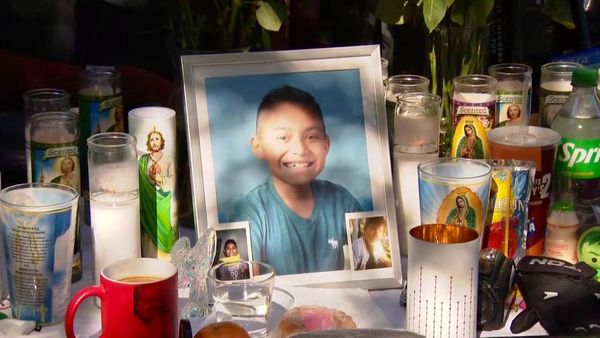THE number of GPs working in Scotland has increased for the first time in six years.
Figures published on Tuesday in the GP workforce survey revealed that the number of whole-time equivalent (WTE) GPs in Scotland rose by 4% in 2025 to 3591.
The Scottish Government said it was the first time since 2019 that the WTE rate had increased.
It follows several years of declining figures, with the overall GP workforce remaining lower than it was before the pandemic.
Health Secretary Neil Gray welcomed the latest figures, but added that the Scottish Government is "determined to go further".
Gray said: “We are determined to make it easier for people to see their GP and I am very pleased to see these new figures showing an increase of 4% in the number of whole time equivalent GPs – the first increase since 2019.

Gray said general practice is set to receive an initial additional investment of £15 million in 2025 which he said would ease recruitment pressures and boost capacity.
“The new investment will support workforce retention and recruitment, build service capacity and support the day-to-day running of GP services," he said.
Gray continued: “This investment also signals our commitment to ensure a greater proportion of new NHS funding goes towards primary and community care, building on the increased investment in general practice by over £100m we have already made in the last two years to meet recommended pay increases and to support practices with financial sustainability.”
The Royal College of General Practitioners (RCGP) Scotland said the latest figures were a "welcome development".
RCGP Scotland chair Dr Chris Provan said he hoped the figures "mark a turning point", but stressed the Scottish Government needed to invest further in general practice.
Provan said: "Today’s data marks the first time in several years that the number of whole-time equivalent GPs in Scotland has increased. While this is a welcome development, the rise follows consecutive declines, and the GP workforce remains smaller than pre-pandemic.
"We need to see future workforce survey publications before we can confidently say this is the beginning of a sustained upward trend in GP numbers.
“General practice in Scotland remains in a state of crisis. The relentless pressure of trying to do more with less is taking a toll on GPs, leading to some feeling they must reduce their hours, retire early, seek work abroad, or leave the profession altogether.
"This is the result of poor workforce planning and years of underinvestment by the Scottish Government."
Provan said that the £15m investment in the sector is "a positive first step towards properly resourcing general practice".
He added: “If the Scottish Government accelerates investment in general practice, we can ensure that today’s increase in whole-time equivalent GP numbers is not a one-off, but the start of a meaningful and lasting growth in the GP workforce.
"I hope today’s figures mark a turning point."
Some have argued that the Scottish Government is going to fail to meet targets it had previously set.
In 2017, the Scottish Government had pledged to deliver 800 extra GPs by 2027.
Scotland currently has a GP headcount of 4582 – which is up from 4385 in 2017 – meaning it would have to add around another 600 GPs in the next two years to meet the pledge.
The Scotland branch of the British Medical Association (BMA) said that if current trends persist, the Scottish Government would not meet its pledge until 2050.
Dr Iain Morrison, chairman of the BMA Scottish general practitioners committee, said: "GP numbers have been at best flatlining for at least a decade, so to see some increase this year indicates that despite falling resources, practices are doing what they can to bring more GPs on board to meet demand.
“But the context of recent years is crucial. In 2017, the Scottish Government pledged to increase GP numbers by 800 in the next decade.
“In the time since, there has been an increase of just 71 WTE GPs, or around nine a year.
“This is the measure we should be using, as it is what makes a difference to patients accessing GP services."
He added: “However, the Scottish Government insist on using headcount, which does not accurately represent how much labour is supplied.
“But even by headcount the increase in GPs from 2017 is just under 200 – or 25 GPs a year.
“Continuing on that trajectory, the Scottish Government would reach its target just before 2050.”







